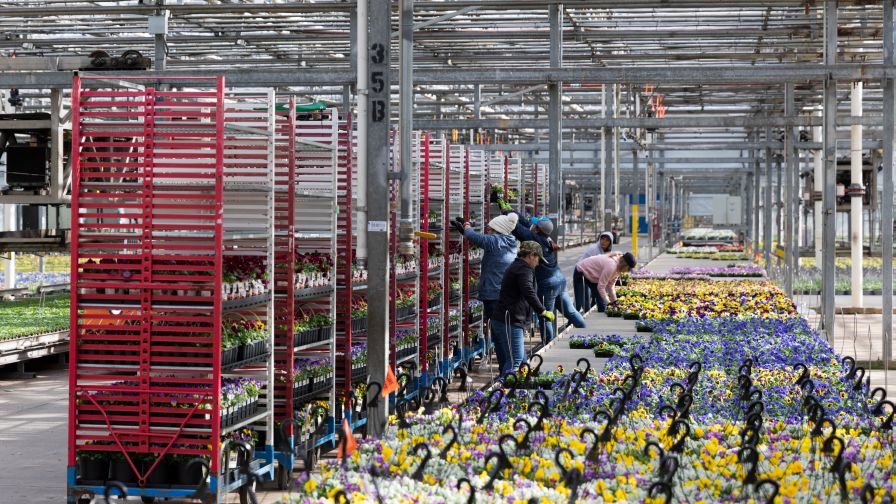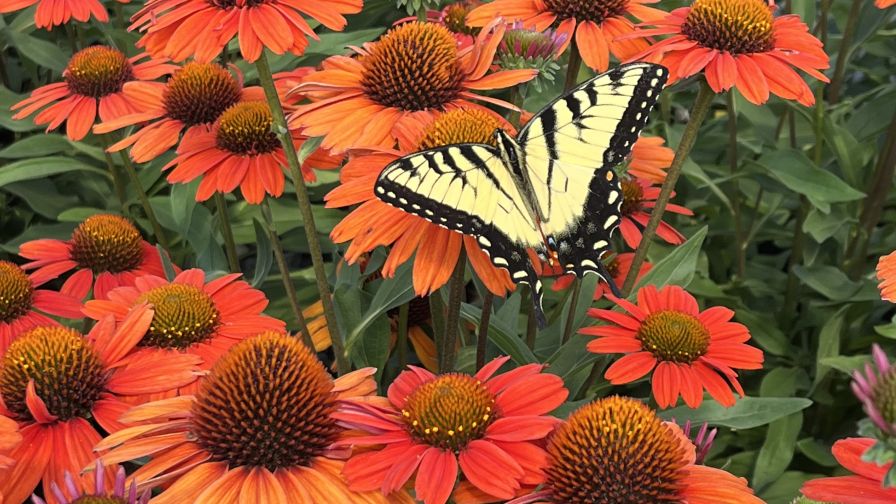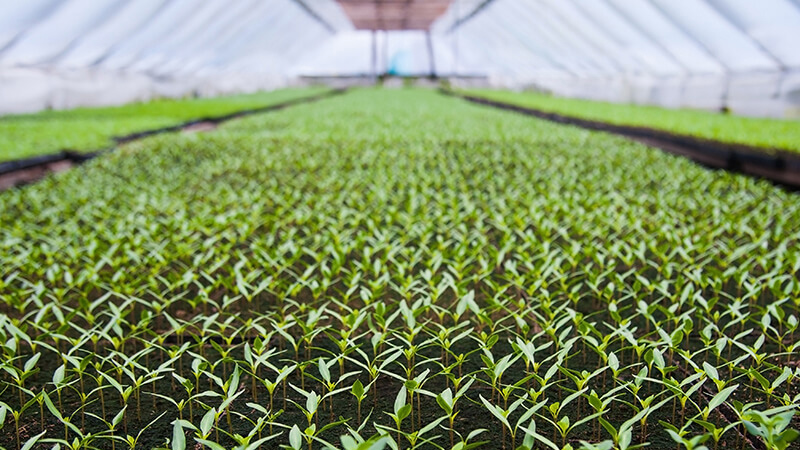Reasonable Greenhouse Retrofits
Today’s economic climate isn’t exactly ideal for taking on large investments, like the debt you might incur constructing new greenhouses. But while some say the best greenhouse is one that is paid for, this isn’t always true, according to greenhouse engineer A.J. Both of Rutgers University. Both says growers should evaluate their structures’ efficiency before deciding whether building new or retrofitting existing greenhouses is the right decision.
“I say a greenhouse that is paid for is a greenhouse that is ready to be replaced,” Both says. “Every situation is different and yes, building new will cost money, but so does operating an inefficient older structure. A thorough economic analysis may be needed to evaluate the best option.”
Kurt Parbst of shade cloth and screen manufacturer Ludvig Svensson, agrees, but offers some goals for a successful approach to structure improvement.
“Sometimes greenhouses that are paid for are very inefficient in their utilization of land, labor, energy and water,” Parbst says. “Crops should be grown in facilities that maximize return on investment. In some cases, that may require updating old facilities or replacing them. Labor and energy are often the two largest expenses and efforts spent here will have the largest return.”
When New Isn’t Possible
Still, even in the best of times, most small to mid-sized growers cannot afford to replace their structures. The next best thing, then, is to upgrade existing greenhouses with inexpensive technologies that boost production efficiency with less risk involved.
“Improvements to enhance the quality of existing greenhouses include reducing energy consumption and labor requirements using mechanization instead of automation, optimizing space utilization, implementing a preventative maintenance program and learning from your fellow growers without doing exactly what they do,” Both says.
He suggests growers investigate energy conservation by increasing insulation, reducing air leakage, installing high-efficiency heating systems, using the cheapest fuel source available, installing variable speed pumps and motors and manipulating crop scheduling to reduce energy consumption. Growers should also aim to improve environmental controls, Both adds, including replacing on-off thermostats with a computerized system operating a more sophisticated control algorithm.
Breaking It Down
Greenhouse manufacturers, specifically, want growers to consider all of their options when it comes to improving current greenhouses.
“There are many options in looking at older structures and each has to be looked at individually regarding return on investment, as well as what is beneficial from an operational standpoint,” says Bill Vietas of greenhouse builder Rough Brothers. Vietas suggests that growers consider:
– Adding energy/shade curtains
– Reglazing the roof
– Adding environmental controls
– Adding irrigation booms or irrigation spray nozzles
– Adding benches to improve space utilization or product flow
– Updating heating systems to either more efficient unit heaters or boilers hot water systems.
“Many types of equipment can be better used by either adding an environmental computer or working on the parameters to better utilize the existing equipment,” Vietas says. “Regular maintenance on existing equipment is required to keep it running at its best.”
Heating and cooling is one area growers can recover a great deal of efficiency in the greenhouse, just by adding a few tweaks, according to Erin Kelly of Green-Tek.
“For older structures, an easy and cheap way to improve the overall light transmission and provide energy efficiency is to cover with double poly,” Kelly says. “The inside layer should be an infrared/anticondensate (IR/AC) and outside, a four-year clear. The IR/AC will provide a thermal layer while reducing condensation. Polycarbonate side and endwalls, whenever an improvement is possible, will keep the heat inside, reducing high heating bills.”
Combination shade and energy curtains also decrease energy bills with the reduction of necessary cooling, Kelly says. Aluminet cool shade from Green-Tek is one example of an economical shade or energy curtain that reflects unwanted heat during the hot hours of the day, while retaining heat during the cooler hours of the evening.
A Grower’s Perspective
Peter Konjoian, owner of Konjoian’s Greenhouses in Andover, Mass., recently retrofitted a 30- by 150-foot greenhouse with a continuous ridge vent and two roll-up sidewalls. The 20-year-old, self-built, steel pipe frame house had previously been ventilated actively with two large exhaust fans at one end. Konjoian says the primary objective to the retrofit was to reduce energy consumption in the form of electricity to run the fans. Working with X.S. Smith through Griffin Greenhouse and Nursery Supplies, Konjoian received the rack ridge vent and roll-up side wall materials.
“Installation was pretty straightforward and electricity use for ventilating that house has since become insignificant,” Konjoian says. “Additional benefits include a much quieter work, no incoming breeze at the vent end of the house and zero temperature gradient between vent and fan ends. That is a huge benefit worth lingering on. The old fan routinely caused me to have to grow around a temperature gradient of as much as 25 degrees over the 150 feet on warm days. I had learned to live with the vent end being cooler and the fan end warmer. Now there’s no difference and the entire length of the house is uniform regarding ventilation temperature.”










